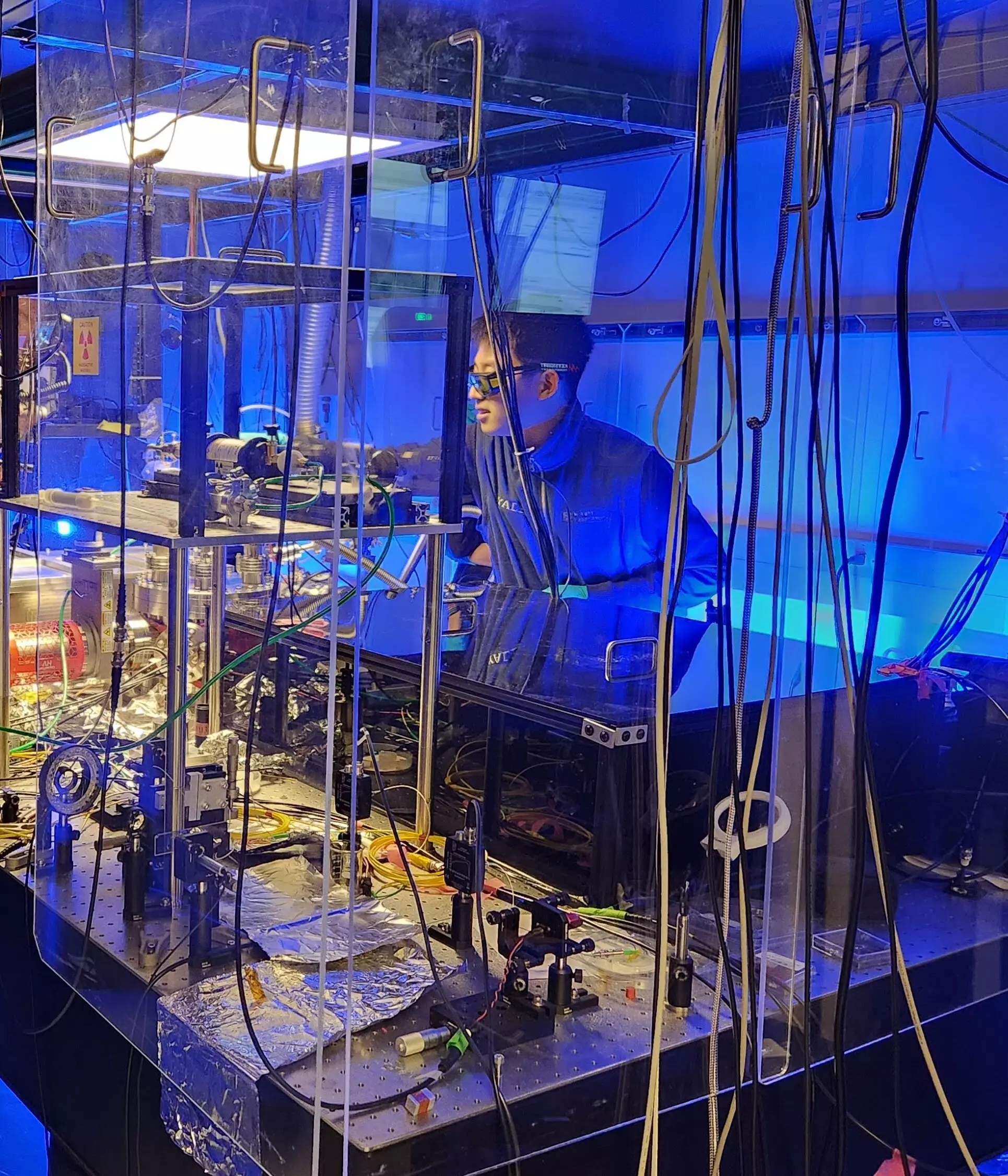The field of particle physics is on the brink of transformative change, thanks to remarkable advancements in measurement technologies. Physicists and engineers are developing increasingly sophisticated instruments that can probe the minutiae of atomic interactions with unprecedented accuracy. Existing tools such as particle detectors, sensors, and accelerometers are now complemented by novel systems, paving the way for discoveries that could fundamentally alter our understanding of atomic behavior and the universe at large. As researchers push the limits of scientific inquiry, new methodologies emerge, promising an era of deeper insight and revolutionary findings.
Pioneering Methods in Nuclear Decay Detection
A groundbreaking development from Yale University has brought forth innovative detection methods for monitoring nuclear decay. Highlighted in a recent publication in *Physical Review Letters*, the research team proposes an inventive way to mechanically sense the decay of individual atomic nuclei, a phenomenon often masked by conventional detection hurdles. David C. Moore and his colleagues have crafted an approach that is sensitive to all particles involved in a decay event, including the notoriously elusive neutral particles. This ability marks a significant leap in detection strategies and enhances scientific inquiry regarding radioactive materials.
Moore articulates the essence of this technological advancement, stating that their team focuses on creating sensitive, micron-scale force sensors and accelerometers utilizing optically trapped particles in a vacuum. This methodology has achieved such remarkable sensitivity that it is now feasible to detect the repercussions of a single fundamental particle, like an alpha particle emitted during a nuclear decay. This revelation has opened new avenues for exploring fundamental questions in the realm of particle physics.
Unveiling the Mystery of Neutral Particles
One of the most challenging aspects of particle detection has been the identification of neutral particles, akin to shadows obscured by bright light. Traditional detection techniques frequently fall short when confronted with these elusive entities, leaving researchers without vital information. The innovative approach from Yale offers a significant breakthrough in this domain. By monitoring a minute, dust-sized particle embedded with radioactive nuclei, the detection becomes not only feasible but proficient. When a nucleus undergoes decay, it emits charged particles, resulting in measurable alterations in the electric charge of the particle being observed. This method circumvents the limitations of previous technologies and directly addresses the chronic issues researchers face in discovering neutral particles.
Initial experiments have confirmed the feasibility of this detection method, showcasing its ability to observe individual nuclear decays with remarkable precision. The researchers utilized advanced laser technology to track the movement of a sphere, pinpointing shifts at a resolution of tens of nanometers—an impressive feat. The capacity to detect singular events, even when they occur infrequently, represents a pivotal point in nuclear decay studies. For example, this technology could monitor particles relevant to nuclear non-proliferation efforts or investigate the decay of long-lived isotopes.
A Future Rich with Possibilities
The implications of this research extend far beyond immediate applications. The innovative detection method holds the promise of venturing into uncharted territories of particle physics. By deploying their techniques to seek out dark matter and exotic particles, researchers could begin addressing some of the most pressing questions in modern science. Additionally, this work may catalyze major advancements in our understanding of other nuclear processes that evade traditional detection mechanisms.
Moore maintains an optimistic outlook for further research, hinting at ambitions to scale these techniques down to measure the momentum shifts associated with single neutrinos—a feat that could revolutionize our approach to studying these ghostly particles. The implications for both fundamental physics and applied research are expansive, presenting opportunities for the scientific community to exploit new avenues of exploration that were previously deemed remote or inaccessible.
This pioneering effort to detect individual nuclear decays exemplifies the remarkable synergy between cutting-edge engineering and the relentless pursuit of knowledge in particle physics. As scientists continue to push the boundaries of what is possible, we stand on the brink of a new reality where every minute particle carries the potential for groundbreaking discovery. The work carried out at Yale signifies not just a success in methodology but a beacon of hope for future exploration in the vast, mysterious realms of atomic science.


Leave a Reply